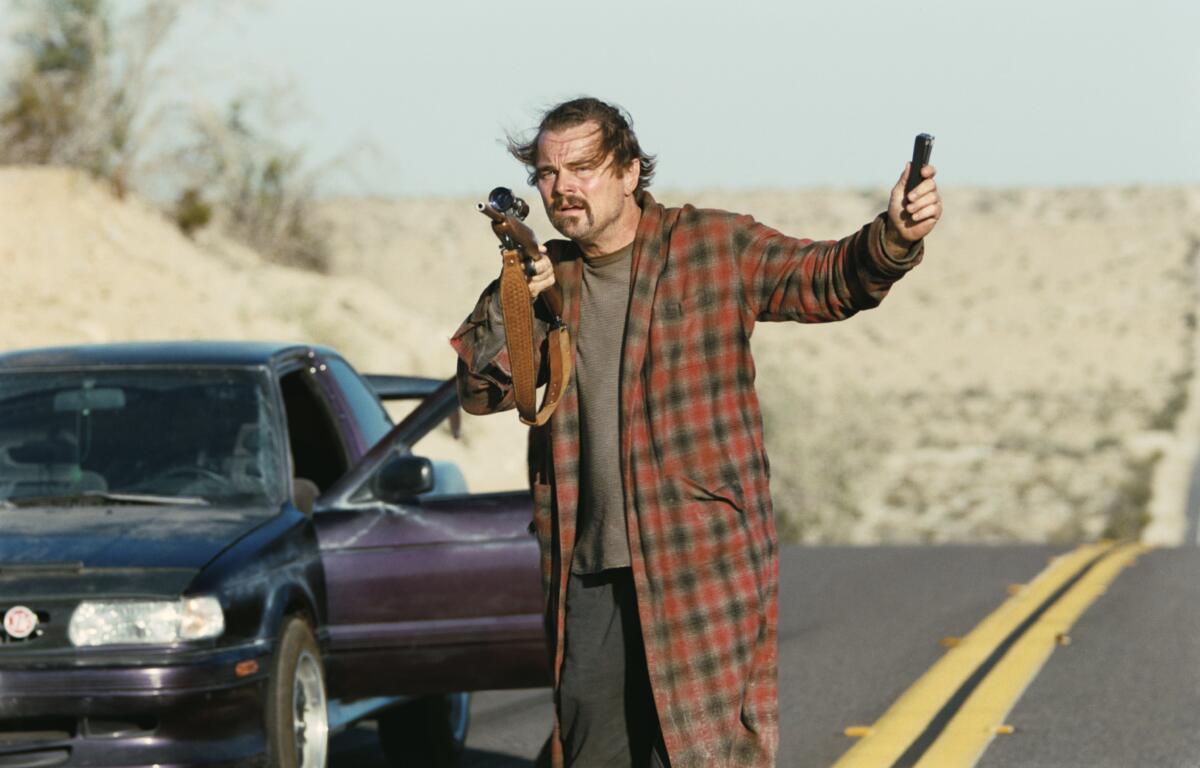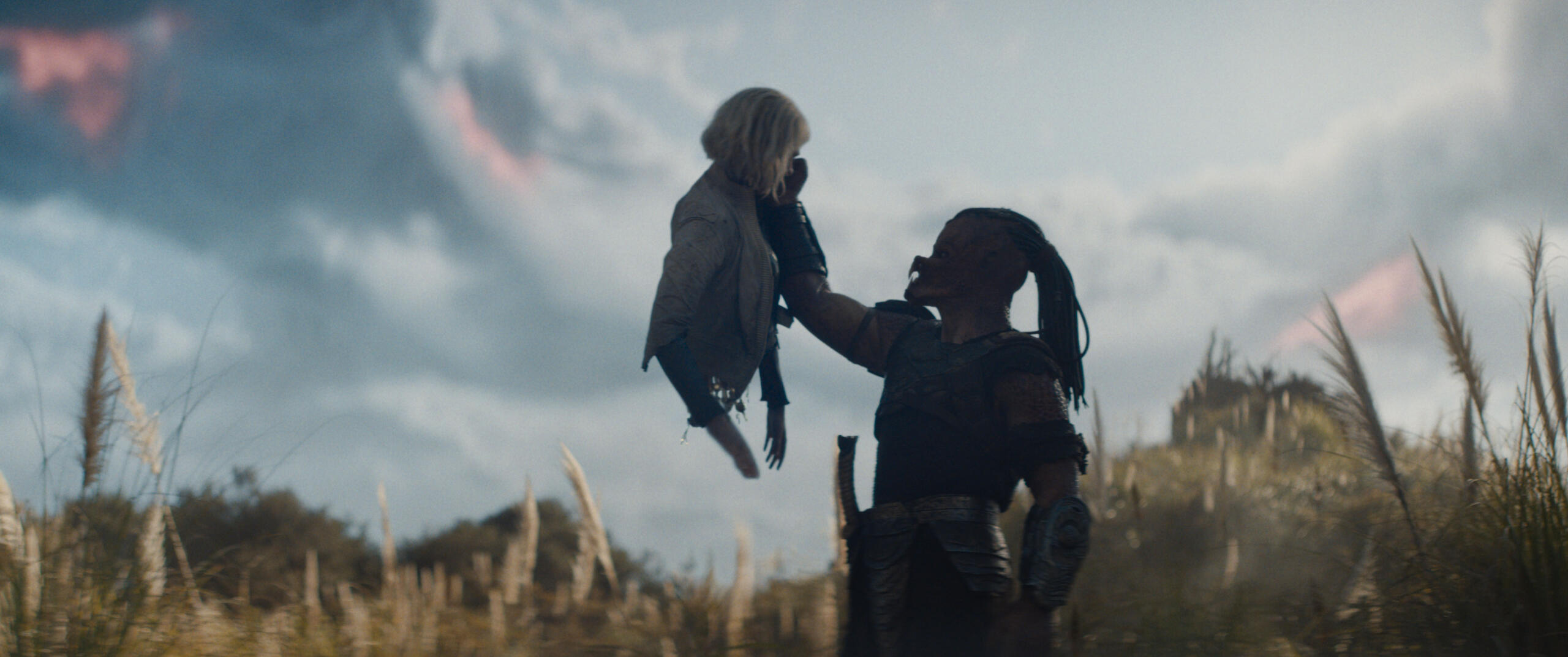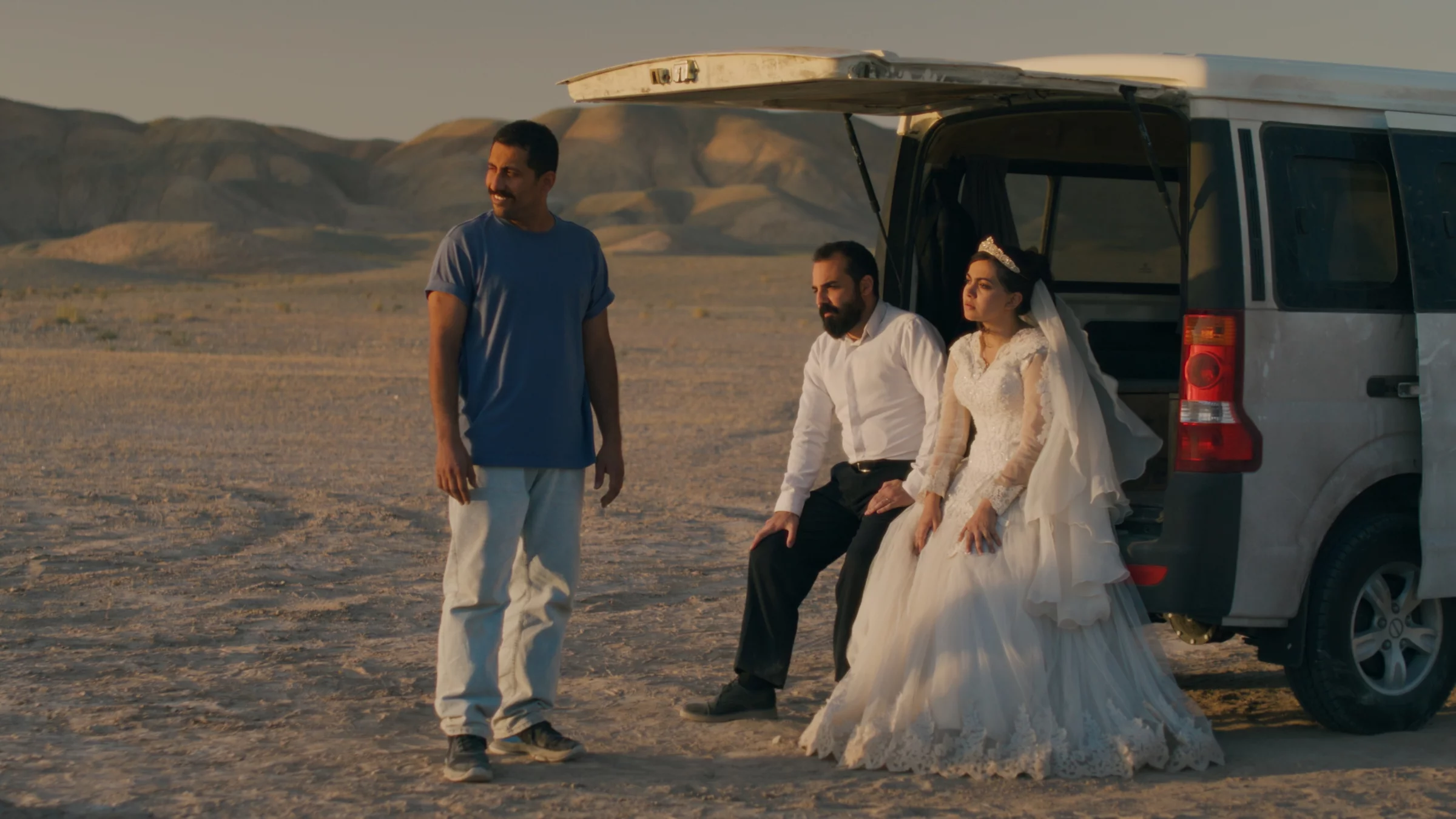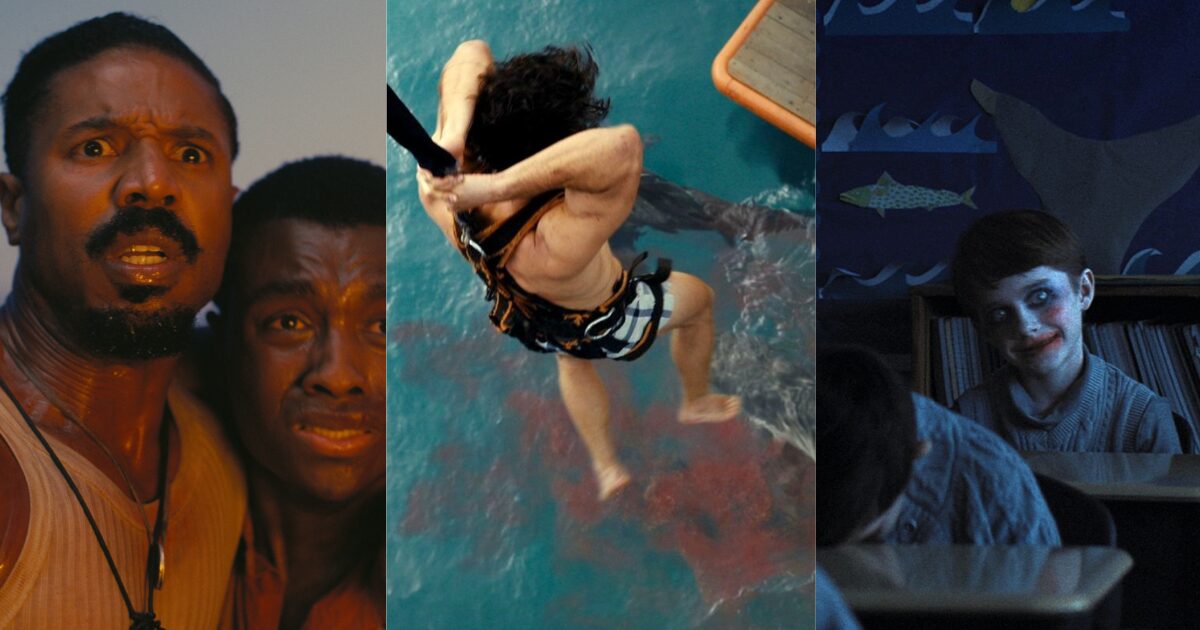ASHEVILLE, N.C. (828newsNOW) — “One Battle After Another,” Paul Thomas Anderson’s incendiary firecracker of a 10th feature film, is a revolution that should not be televised. This is one to see in a movie theater.
“ONE BATTLE AFTER ANOTHER” (2025, 162 min., directed by Paul Thomas Anderson)
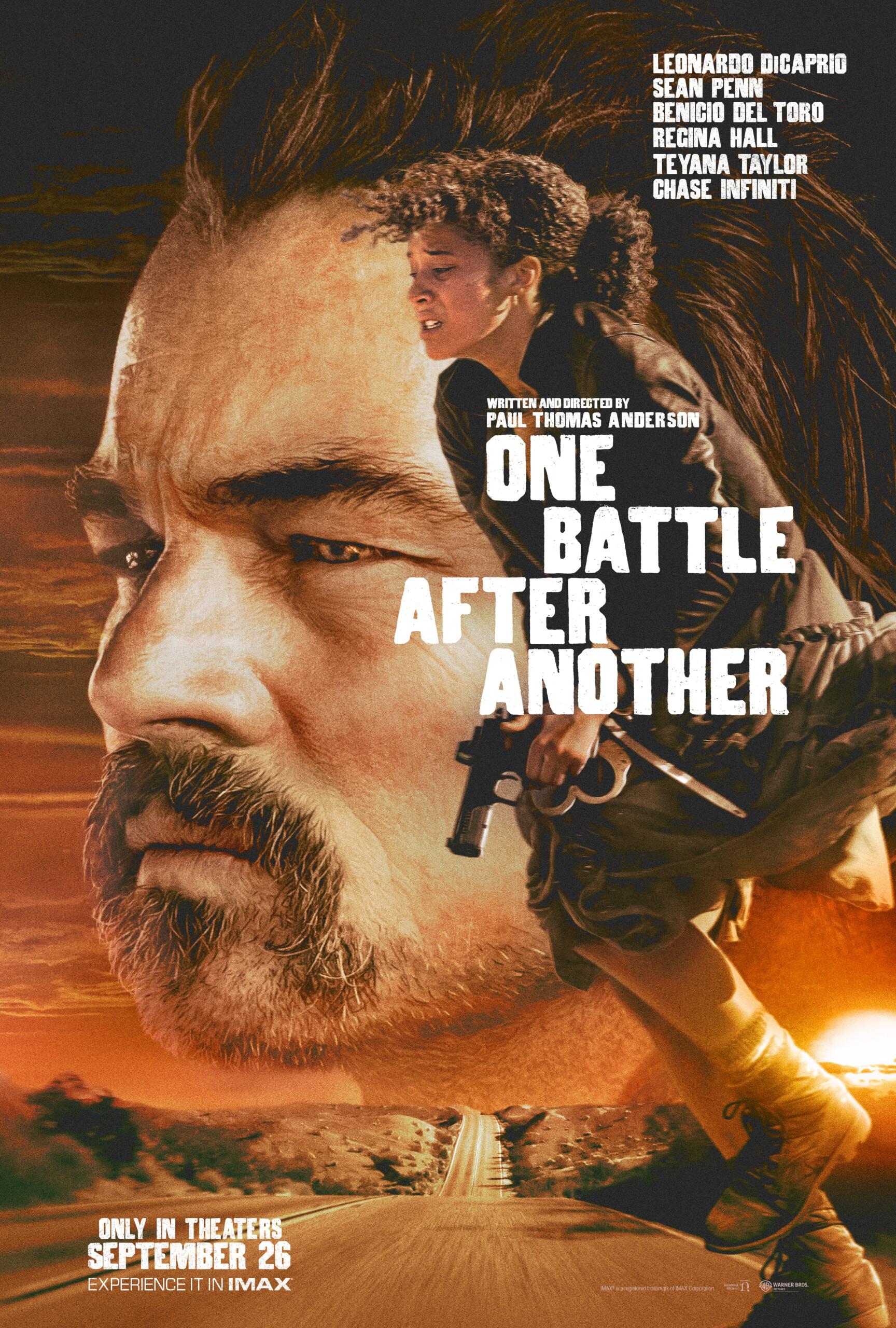
Setting up the revolution
“One Battle After Another,” loosely adapted from Thomas Pynchon’s 1990 novel “Vineland,” is written and directed by Anderson and stars Leonardo DiCaprio, Chase Infiniti, Teyana Taylor, Benicio del Toro, Regina Hall and Sean Penn, as well as a fantastic collection of supporting players, nearly all of whom were plucked from obscurity by casting director Cassandra Kulukundis.
The story is told in a two-part structure, opening with an extended prologue set in the recent past before leaping forward to “now.”
In the prologue, we are introduced to Pat Calhoun, DiCaprio, an explosives guru, and Perfidia Beverly Hills, Taylor, an adrenaline junkie member of the leftist revolutionary group the French 75. Pat, Perfidia and their fellow revolutionaries, played by Hall, Alana Haim, Wood Harris, Paul Grimstad, Shayna “Junglepussy” McHayle and Dijon Duenas, have set their sights on liberating an immigrant detention center at the Mexican border.
During the operation – which is thrillingly and exhilaratingly executed onscreen, ditto for virtually every scene in “One Battle After Another” – Perfidia encounters Col. Steven J. Lockjaw, a veiny, virile and villainous Penn. Lockjaw is an anti-immigration military officer with a race-centric submissive kink, revealed by Perfidia when she sexually humiliates the buffoonish commandant at gunpoint. Lockjaw develops a sexual obsession with Perfidia, continuing to track her revolutionary activities and ultimately resulting in a motel tryst between the two.
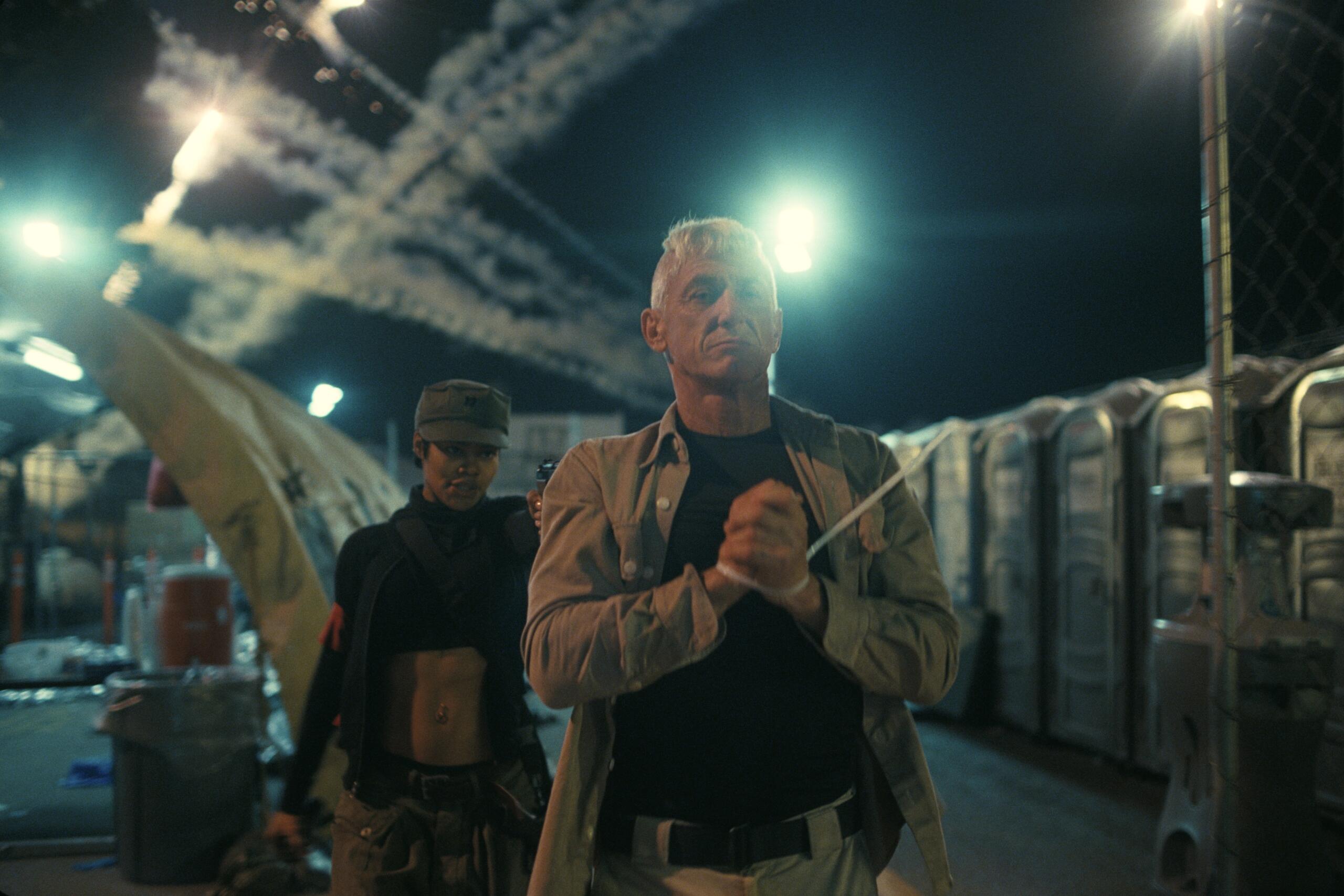
Meanwhile, Pat and Perfidia begin a relationship together, and Perfidia gives birth to a little girl, which drives a wedge between the couple. To Perfidia, domesticity is stagnancy, viewing Pat’s preoccupation with fatherhood as an abandonment of her and their revolution.
16 years later, Perfidia has disappeared following the implosion of their French 75 sect, and Pat and their daughter have gone into hiding, taking the identities of “Bob and Willa Ferguson” in the sanctuary city of Baktan Cross, California. While Willa, played in an unbelievable film debut by Infiniti, has grown up to be a strong-willed, steely-eyed teenager, she is a sharp contrast to her father, who has kept his revolutionary paranoia but lapsed into substance abuse and a “The Dude”-esque affect.
Meanwhile, Lockjaw has been galvanized by an invitation to join the Christmas Adventurers Club, a secretive white supremacist group, and comes for the last of Perfidia’s family in an attempt to erase all record of their affair.
One great character after another
This is a big movie with big ideas. Anderson packs revolutionary ideology, white supremacy, immigration politics, mixed race families, teenage rebellion, betrayal, loyalty and lots of drunk driving into a massive two hour and 40 minute package, which is a tall order for any moviegoer, especially on the bladder front: no intermissions here. Fortunately, “One Battle After Another” is masterfully paced. The 40 minute prologue goes by in a whoosh, and by the time the primary players are reintroduced for part two, the filmmaking is so propulsive and the story so gripping that the end credits arrive faster than you might think, like a parent realizing their baby is suddenly off to college. The film comes of age with Willa, literally and figuratively.
The instantly iconic characters are what keep the breakneck pace and elaborate editing grounded. Even during the climax of the second act, where editor Andy Jurgensen is tasked with cross-cutting between multiple storylines, characters and settings, there is no segment which supersedes its fellows in intrigue or clarity.
If there were a character and performance who could have tipped over that scale, however, it would be Teyana Taylor as Perfidia Beverly Hills.
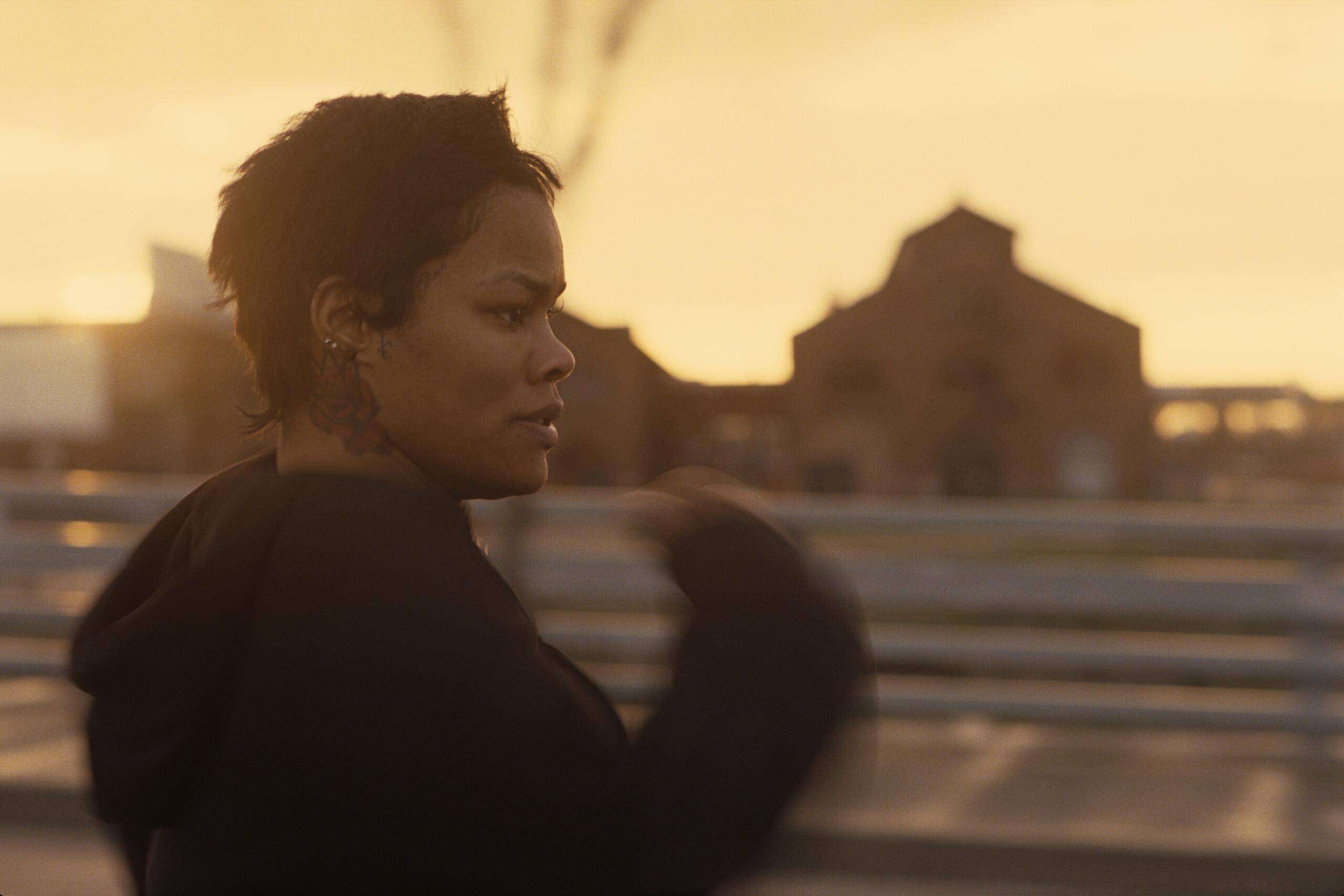
In the prologue, Perfidia makes an immediate impression, and not only because she’s the first person we see onscreen. Taylor is magnificent in the role, crafting a character as sympathetic, sexy and undeniable as she is dangerous, frustrating and irresponsible. Perfidia does whatever Perfidia wants to do, resulting in anarchic inspiration at her finest and egotistical thrill-seeking at her worst. Taylor is impossible to look away from. The bright, loud humanity the actor brings to Perfidia, filled with all the fireworks and foul play of the human condition, leaves an afterburn seared into the face of “One Battle After Another” long after the character departs the film.
For the central trio of characters, the movie is defined by Perfidia’s absence. Pat is despondent and bumbling as a stoner single dad, while Willa is forced to be her own mother and a caretaker to her father. Lockjaw is motivated entirely by his fetishization of Perfidia, the real-world consequences of that obsession be damned. Most of the film is dedicated to a breathless series of sequences set during an ICE-like raid of Baktan Cross, a community thrown into chaos solely in service of Lockjaw’s prejudiced vanity.
Attention to detail
What makes “One Battle After Another” so rich, however, is that it isn’t solely concerned with its protagonists. There is an entirely realized world to discover in Anderson’s film, built out and supported by its small details and bit parts. Tiny flourishes in costume and set dressing reveal deeper truths about characters or provide great sight gags: My personal favorite is a milquetoast Christmas Adventurers mercenary sporting a Patagonia fleece vest.
Several of the minor characters in the film are played by actors you will have never heard of – including more than one without a single film credit on their CV – but they deliver some of the most affecting performances of the year. James Rateman, for instance, plays a police interrogator with incredible menace. Tisha Sloan holds her own against a bananas DiCaprio as Willa’s withering high school history teacher. Lynette M. Telles and Ann Limbaugh-Brouhard exude more warmth and strength than a Pat Calhoun explosion in their single scenes.
Of course, the ultimate example of this casting phenomenon is Chase Infiniti, a true, out-and-out discovery and bona fide star. But the most crucial element to the success of “One Battle After Another” is not Willa.
As far as the old hat actors go, the two men at the center of “One Battle After Another” are giving the performances of their careers. This is the best DiCaprio has been since “The Wolf of Wall Street,” blending heartrending pathos with amazingly comic daffiness. For all of its intensity, “One Battle After Another” is incredibly funny, and DiCaprio is the force behind many of the laugh lines. Penn is the other side of the coin. Lockjaw is a complete transformation for the actor, from his imposing physicality to his gravelly voice to his ridiculous posture. His version of evil is so effective because while his behavior is absurd, his actions are chillingly realistic.
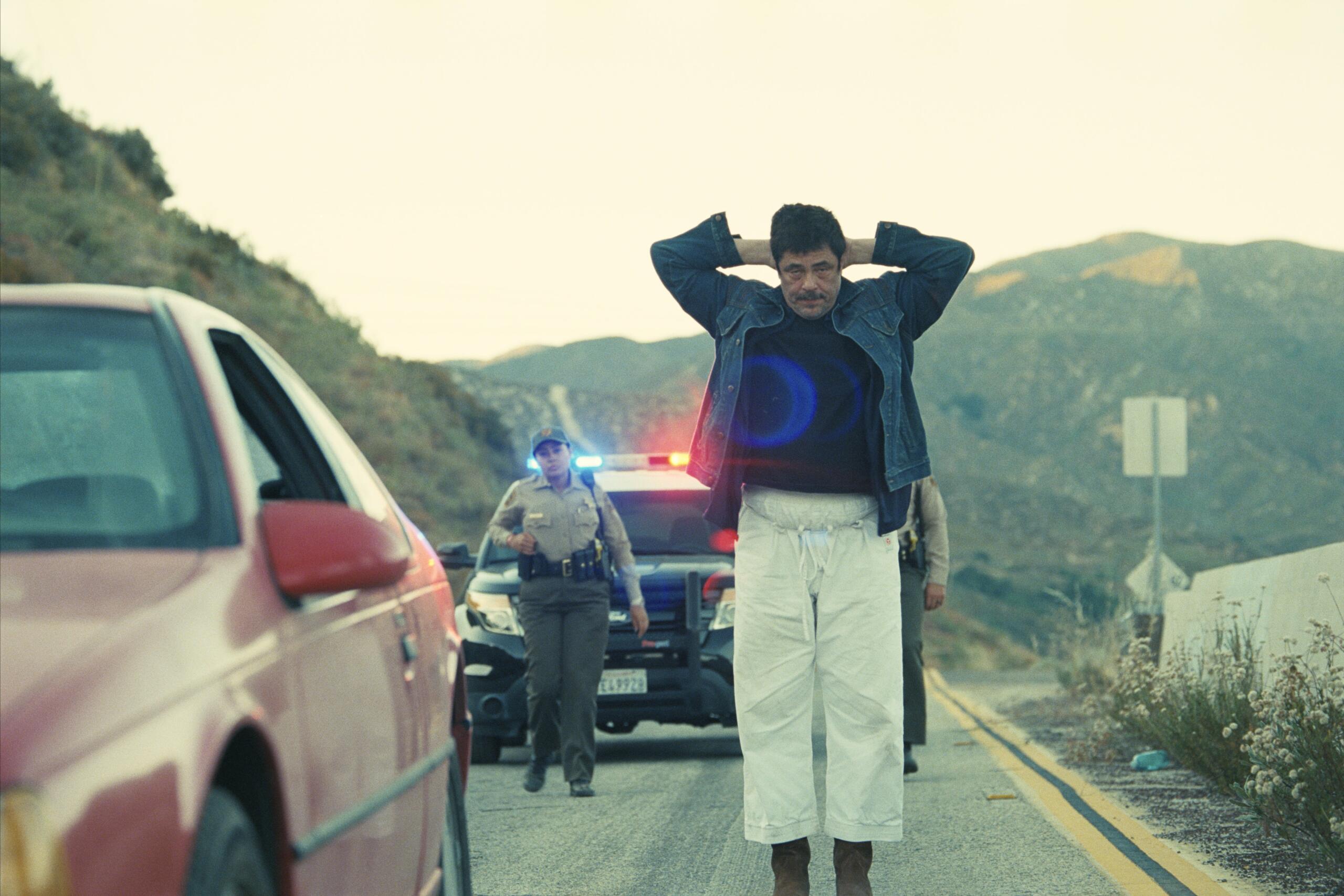
While Bob is pitted against Lockjaw structurally, in the grand scale of the story, Bob isn’t really the hero. They are the protagonists and the film follows them, but the true champion of goodness in “One Battle After Another” is Willa’s karate teacher, Sergio “Sensei” St. Carlos, played with ineffable chill by del Toro. Sensei is the leader of an underground railroad for immigrants, and much of the second act of the movie depicts his efforts to save the people of Baktan Cross, though the camera is focused around a befuddled, strung-out Bob. Sensei works in tandem with the protagonists, but the heroism of his story is background and humble. Del Toro is terrific at communicating the stakes of the film with nothing but a wry smile and simple dialogue, and he elevates the feat of Anderson’s screenplay to moving heights.
“One Battle After Another” isn’t just about revolution. For its actors, its filmmaker and the type of stories that get made in 2025, it’s a revolutionary act itself.

